deficit
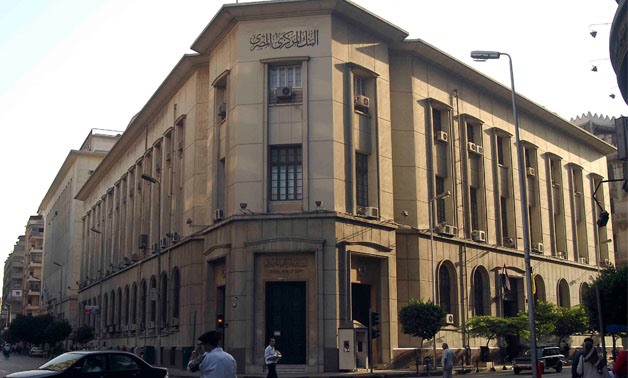
The narrowing of the deficit reflects the surge in foreign currency reserves after the fresh inflows for FX from the Ras El Hekma deal and the depreciation of the Egyptian pound

The deficit continues to decline due to increased inflows of remittances and foreign portfolio investments, including the second payment of the Ras El Hikma deal in early March.
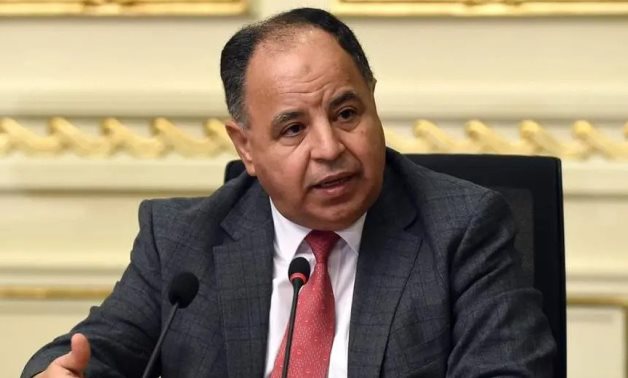
This includes setting a maximum limit for the government's debt value in all its economic, service, administrative entities, and local authorities.
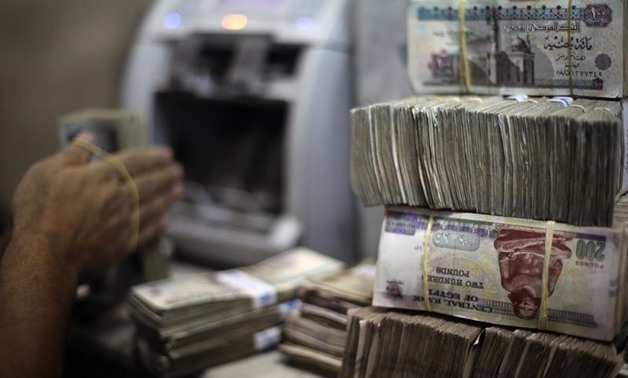
According to the amount of expenditures and revenues, the expected total deficit would be LE 1.3 trillion.

NFAs saw a slight improvement during November, reported at negative $11.2 billion compared to negative $11.3 billion in October

Egypt’s debt-to-GDP ratio hit 95.6 percent in FY2022/2023, with the GDP recording LE 9.8 trillion ($318,23 billion)

Economic Expert and Member of Al Masreyin Al Ahrar (The Free Egyptians Party) Mohamed Badra attended Tuesday the National Dialogue's session on public debt and budget deficit putting forward two suggestions.

Head of the Export Council for Engineering Industries Sherif al-Sayad made the statements in a TV interview Saturday.
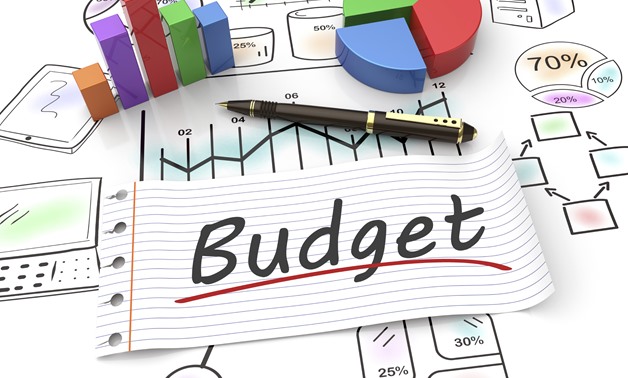
The value of the debt service bill decreased to 32.8 percent in the last fiscal year, compared to 35.8 percent in the previous fiscal year, the data revealed.
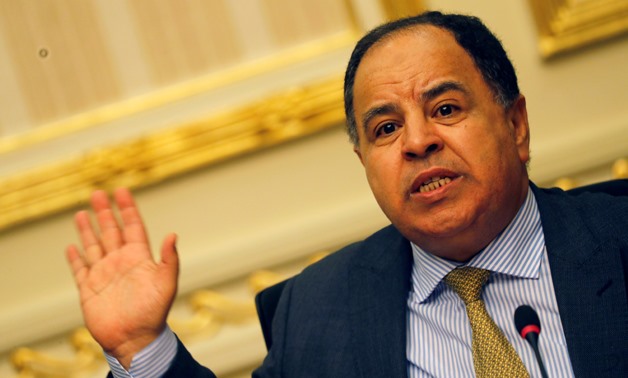
The minister presented some features of Egypt’s policies to face global economic crisis.

Tax revenue also increased by 12.8 percent, in addition to maintaining the budget's achievement of a primary surplus, according to Minister of Finance Mohamed Maait.

Cash deficit in 2020/2021 general budget recorded LE 470.2 billion, compared to the estimated LE 431 billion, according to Minister of Finance, Mohamed Maait.
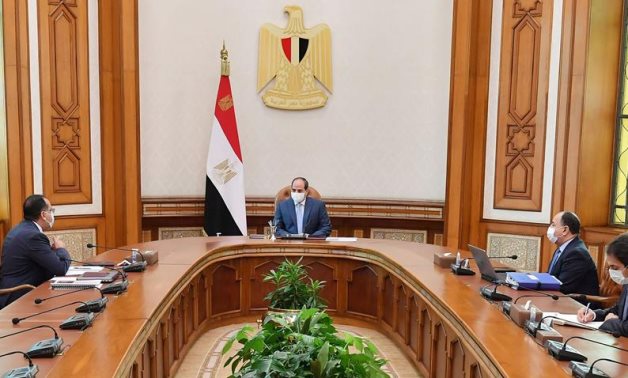
Egypt’s President Abdel Fattah El-Sisi urged maintaining performance regarding the general budget indicators, leading to achieve an initial surplus of 1.5 percent.

The minister explained that Egypt seeks to sustain the downward path of debt rates to GDP by adopting the implementation of a public debt management strategy based on diversifying sources of financing and issuing “dollar” bonds, “Eurobond” bonds, “green” bonds, and “sustainable development” bonds and sukuk.

The rise came as a result of the increase in payments for non-oil merchandise imports that exceeded the increase in receipts from non-oil merchandise exports, as payments rose by about $4.5 billion to record $45.4 billion.

Egypt’s President Abdel Fattah El Sisi on Saturday urged following up on and studying all the global and regional economic repercussions of the coronavirus pandemic to crystalize the appropriate financial measures.

In one of the 2020 Annual Meetings of the International Monetary Fund and the World Bank Group, Minister of Finance Mohamed Mait displayed figures on the performance of the Egyptian economy during the COVID-19 crisis and plans for the future.
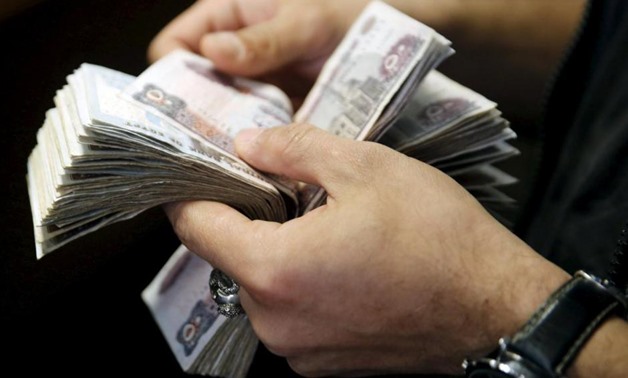
The total deficit during the 11 months ended in May represented 6.5 percent of GDP compared to about 6.2 percent of GDP during the same period in the previous year.
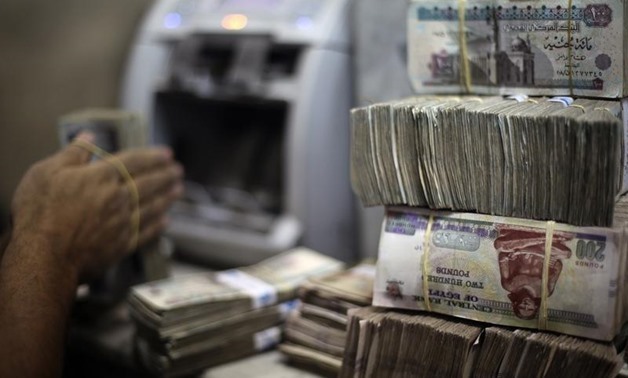
Shams El-Din said that Egypt's external debt has been below the emerging markets average.

The minister added that the government aims to achieve a primary surplus of 2 percent, and a total deficit of 8.4 percent of GDP by the end of the fiscal year.